In the intricate web of global commerce, the supply chain serves as the beating heart of countless industries, ensuring the seamless flow of goods from production to consumption. As we look ahead to 2025,the landscape of supply chain management is poised for meaningful evolution. In this article, we delve into the key trends and risks that are set to shape the future of supply chains, offering a glimpse into the intricate dance of innovation, challenges, and opportunities that lie ahead. Join us on a journey of exploration as we uncover the path that the supply chain of tomorrow is destined to tread.
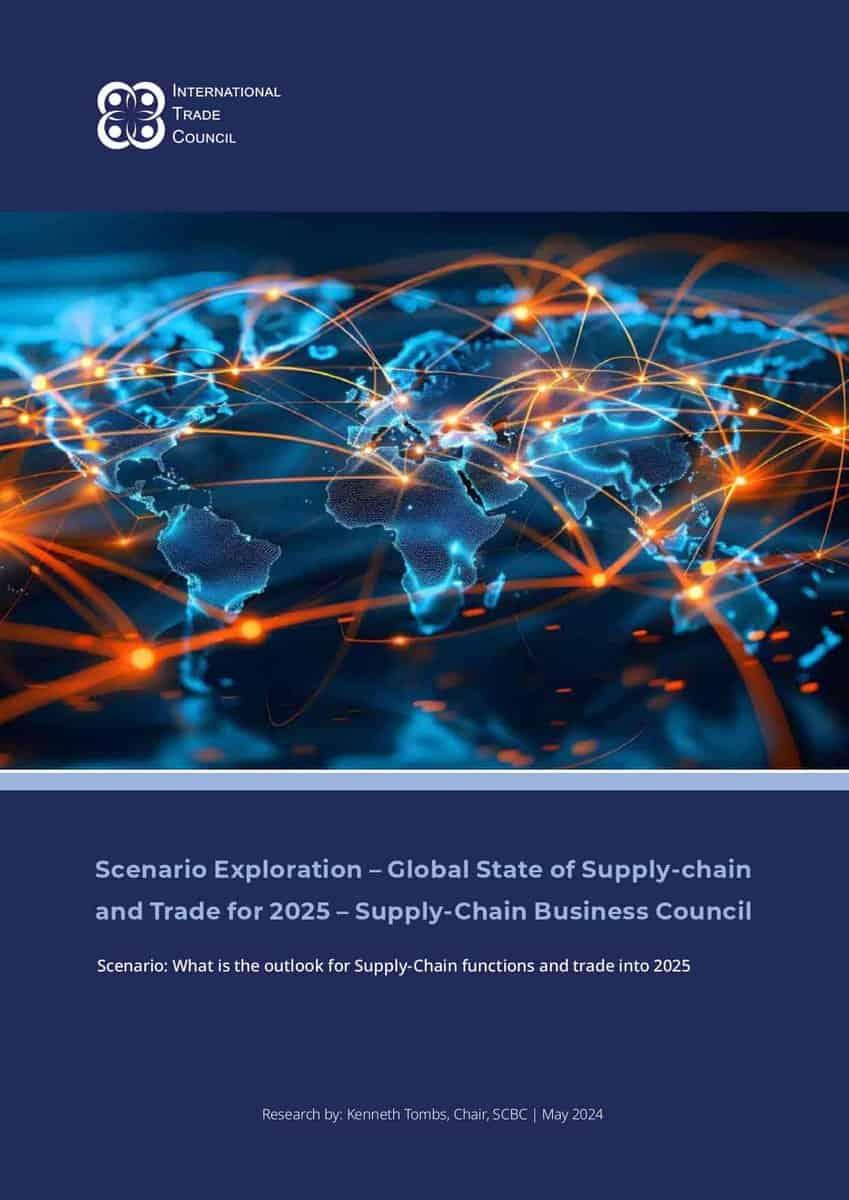
In the realm of supply chain management, innovation is set to be a driving force as we look towards 2025. Companies will need to embrace advanced technologies such as artificial intelligence, blockchain, and Internet of Things to optimize operations and enhance visibility across the supply chain.
Moreover, sustainability will continue to be a top priority for businesses, with a growing focus on eco-friendly practices and ethical sourcing. Adapting to changing consumer preferences and regulatory requirements will be crucial to staying competitive in the evolving landscape of supply chain management.

Impact of Technology Advancements on Supply Chain Management
The supply chain landscape is continuously evolving, driven by technological advancements that are reshaping how businesses manage their operations. As we look ahead to 2025, several key trends are set to redefine supply chain management practices. one significant impact of technology advancements is the rise of real-time visibility across the supply chain, enabling businesses to track and monitor their inventory, shipments, and processes with unprecedented accuracy.
additionally, automation is revolutionizing supply chain operations, with the integration of AI, robotics, and automation technologies streamlining processes and improving efficiency. These advancements not only enhance productivity but also enable organizations to respond swiftly to changing market dynamics, reducing lead times and enhancing customer satisfaction.
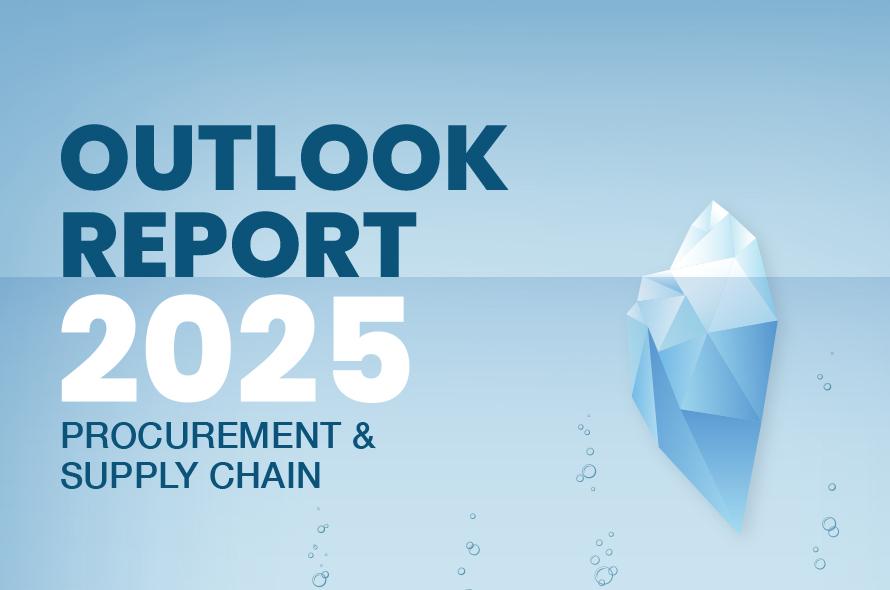
Amidst the ever-evolving landscape of supply chain management, the year 2025 brings forth a host of key trends and potential risks that businesses must navigate. To stay ahead in this dynamic environment, adaptability becomes a critical factor. Companies need to continuously reassess their strategies and operations to align with emerging trends and mitigate risks effectively.
One of the emerging trends is the increasing focus on sustainability within supply chains. As consumers become more environmentally conscious, businesses are under pressure to adopt eco-friendly practices. Embracing sustainable sourcing, reducing waste, and implementing green logistics solutions are no longer just options but necessities for long-term success. Moreover, the digital transformation of supply chains is accelerating, with technologies such as AI, IoT, and blockchain revolutionizing operations and enhancing efficiency.

Sustainability Initiatives Driving Supply Chain Resilience
In the dynamic landscape of supply chain management, sustainability initiatives are emerging as key drivers of resilience in today’s interconnected world. As we look ahead to 2025,it is essential for organizations to embrace sustainable practices that not only reduce environmental impact but also enhance operational efficiency and risk mitigation.
From green logistics to ethical sourcing, here are some innovative strategies that companies can adopt to bolster their supply chain resilience:
- Implementing carbon-neutral transportation solutions
- Enabling transparency in the supply chain thru blockchain technology
- Engaging in circular economy practices to minimize waste and maximize resource utilization
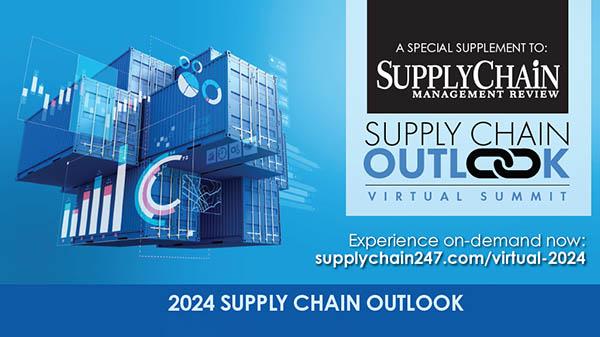
In the realm of supply chain management, the year 2025 brings forth a landscape teeming with both promise and peril. Adapting to changing consumer behaviors stands at the forefront of challenges facing businesses worldwide. The shift towards sustainable practices is no longer a choice but a necessity, as customers increasingly demand eco-conscious products and transparent supply chains.
Moreover, the integration of artificial intelligence (AI) and automation into supply chain processes cannot be ignored. These technologies hold the potential to revolutionize operations, enhancing efficiency and reducing costs. Though,with innovation comes risk,as cybersecurity threats loom large in an interconnected digital ecosystem. Navigating these trends and risks will be paramount for organizations striving to maintain a competitive edge in the evolving global market.
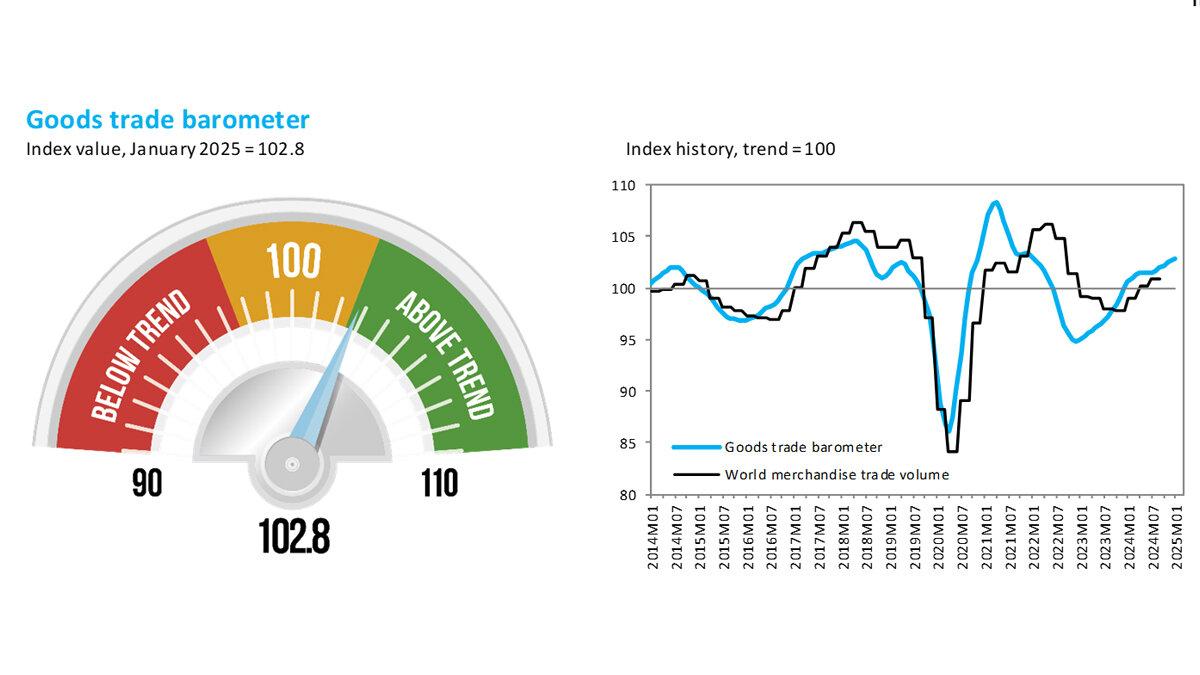
Global Trade Uncertainties: Navigating Tariffs and Trade Policies
Exploring the supply chain landscape in 2025 unveils a tapestry of key trends and risks that businesses must navigate to stay competitive in a climate of global trade uncertainties. Adapting to the evolving trade policies and tariffs is paramount for supply chain resilience,as disruptions can have far-reaching impacts on sourcing,production,and distribution.
Embracing technological advancements such as blockchain, AI, and IoT will be instrumental in enhancing visibility and transparency across the supply chain. Furthermore, diversifying sourcing strategies and fostering strategic partnerships can help mitigate risks and leverage opportunities in a dynamic global marketplace.
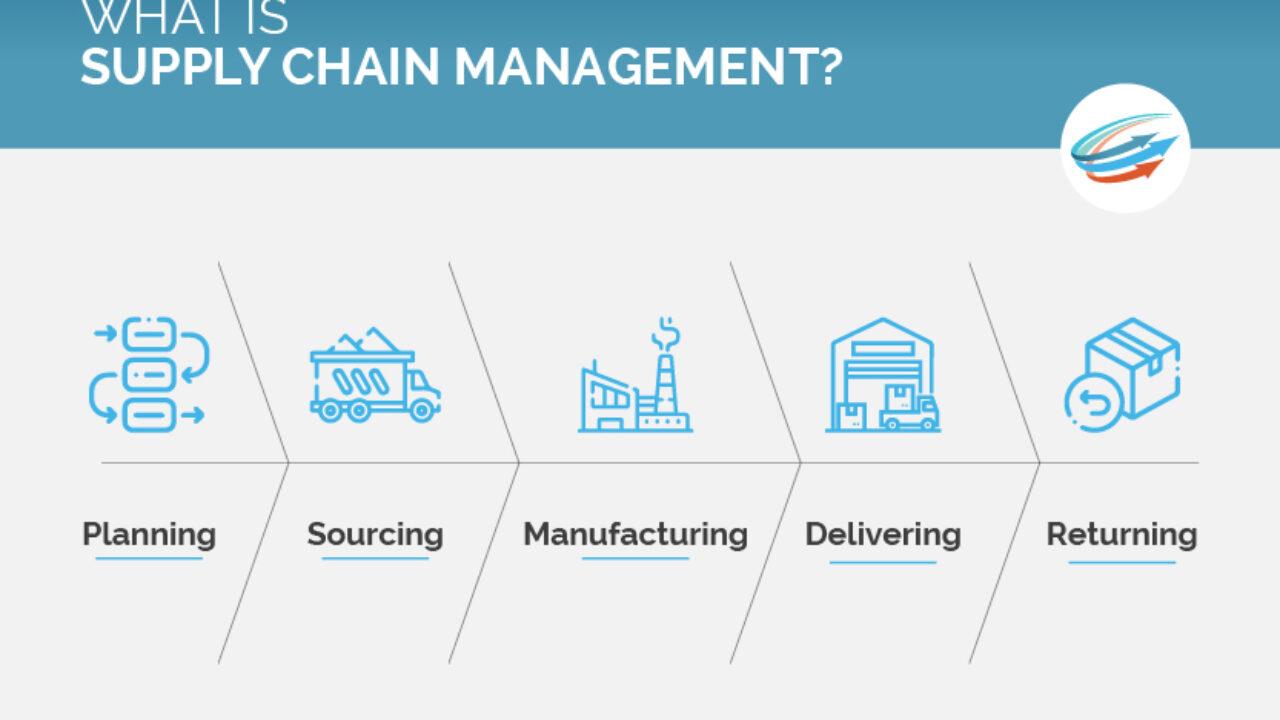
In the fast-evolving landscape of supply chain management, organizations are gearing up to adapt to the trends and risks that lie ahead in 2025.As we look towards the future, it is crucial to have a clear understanding of the key factors shaping the supply chain industry.
- Technological Advancements: Embracing automation, artificial intelligence, and blockchain will be essential for enhancing efficiency and transparency.
- Sustainability Initiatives: With increasing focus on environmental concerns, companies need to prioritize sustainable practices to meet consumer demands and regulatory requirements.
- Global Trade Uncertainties: Navigating geopolitical challenges and trade restrictions will require agile supply chain strategies to mitigate disruptions.
Moreover,collaboration across the supply chain network,resilience in the face of unforeseen events,and talent advancement to drive innovation will be key areas of focus. By staying proactive and adaptable, organizations can position themselves to thrive in the dynamic landscape of supply chain management in the coming years.
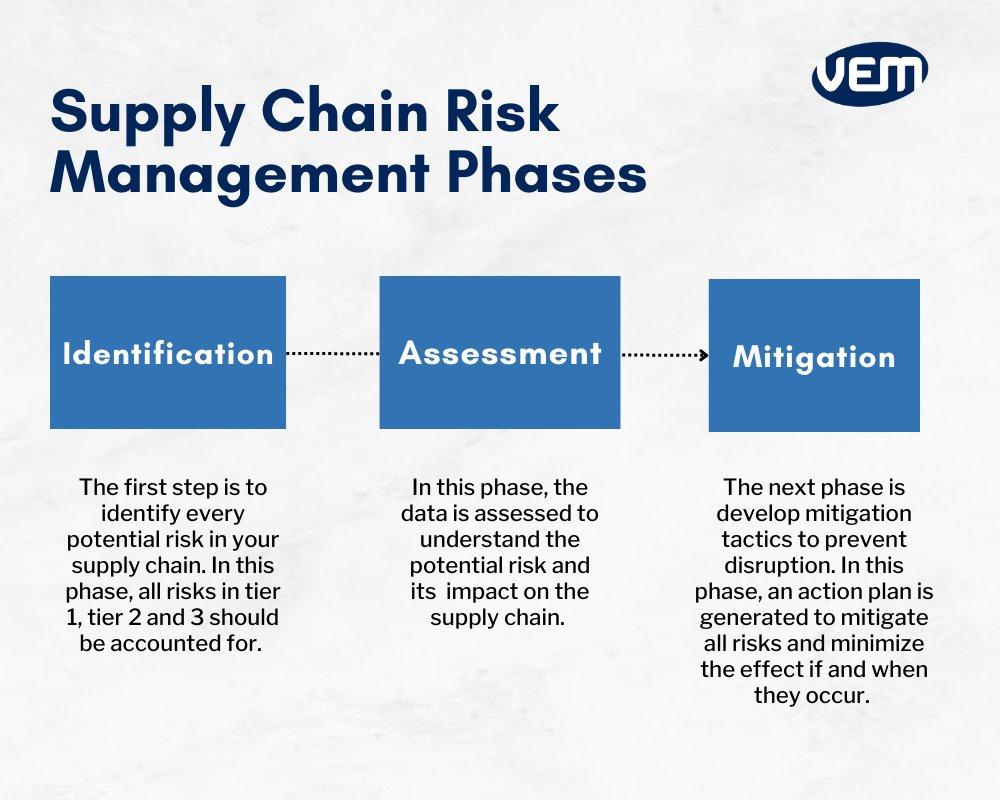
Supply Chain Risk Management Strategies for the Future
Supply chain risk management is evolving rapidly, driven by technological advancements and global disruptions. To effectively navigate the complexities of the future, organizations need to adopt proactive strategies that address emerging trends and risks. Understanding these key factors will be crucial for ensuring supply chain resilience and agility in the years to come:
- digital Transformation: Embracing digital tools such as AI, IoT, and blockchain will enhance visibility and efficiency across the supply chain.
- Sustainability Initiatives: With increasing focus on ESG criteria, sustainable practices will play a vital role in mitigating risks and meeting consumer demands.
- Supplier Diversification: Building robust partnerships with a diverse range of suppliers will help mitigate risks associated with geopolitical tensions and market fluctuations.
As supply chains become more interconnected and complex,organizations will need to stay ahead of potential disruptions by leveraging data analytics and collaborative technologies. By proactively identifying and addressing risks, companies can optimize their operations and build a resilient supply chain ecosystem to thrive in the dynamic buisness landscape of 2025 and beyond.
In Summary
As we look towards the future of supply chains in 2025, the landscape is poised for innovation and transformation. From evolving technologies to shifting consumer demands, the potential for growth and disruption is palpable. By staying ahead of key trends and risks, businesses can navigate the complexities and harness opportunities for success. The road ahead might potentially be uncertain, but with strategic planning and adaptability, the supply chain industry is primed for a dynamic and promising future. Let us venture forth into this exciting frontier, armed with knowledge and readiness, to conquer the challenges and seize the possibilities that lie ahead.












